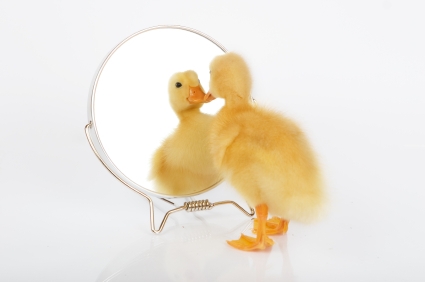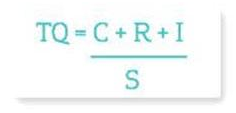Crying In Your Beer Is Just a Waste of Good Beer
 I’m a huge fan of country music. In small doses, that is. One of the great things about country music is how it speaks to the heart, about real human emotions.
I’m a huge fan of country music. In small doses, that is. One of the great things about country music is how it speaks to the heart, about real human emotions.
Then again—after a certain point, dwelling on those emotions can turn toxic on you. It’s easy to get addicted to crying in your beer and there are plenty of country songs to feed the addiction.
Dwight Yoakam, for my money, has got the top spot of this genre nailed down. Here’s verse 1 and chorus from Lonesome Roads:
Where did I go wrong
You know I haven’t got a clue;
I must’ve just been born no good–
Bad’s the best that I can do.
Lonesome roads, the only kind I ever traveled,
Lonesome rooms, the only place I’ve ever stayed.
I’m just a face out in a crowd that’s turnin’ ugly—
Poor ol’ worthless me’s the only friend I ever had.
There is something comforting about a beautiful song that articulates your own melancholy. Early Bob Dylan could do that for me (think Sad Eyed Lady of the Lowlands, or better yet, Visions of Johanna). Come to think of it, the words don’t even have to make sense; they just have to mirror your deep melancholy.
But then there’s life. The sun comes up the next morning and the dishes are still in the sink, the car’s engine light is still blinking, and your secret inamorata at work still doesn’t appreciate the ennobling of your soul that can only come from crying in your beer alone with Dwight or Bob. All you’ve done is waste some good beer.
The trouble with emotions is they attract the same. You empower what you fear; you attract what you put out. Beer-crying is the ultimate in high self-orientation; it’s a trust-killer. Why would anyone trust someone whose aim is to amplify his feelings of misery?
Five Steps to Stop Crying in Your Beer
You don’t need me to tell you it’s a stupid waste of time. As David Maister wrote in his book Strategy and the Fat Smoker, the issue is not one of diagnosis, but of implementation. What can you do to get out of the funk? Here are five steps.
1. It may sound obvious, but it belongs #1 on the list: give Yoakam and Dylan a rest. Go listen to something a bit more extroverted. Pretty much anything will do. Though may I suggest Robert Randolph and the Family Band?
2. If you’re hungry, get something to eat. (Unless, that is, you’ve got eating issues. In which case, do not revert to beer).
3. If you’re tired, go take a nap.
4. Get outdoors, preferably in the daytime. Get some exercise. Go volunteer to walk dogs at the local animal shelter.
5. Go meet some other human beings. (Preferably not in a bar. Though if bar is unavoidable, look for pop, rock or jazz on the jukebox).
And if you can’t manage that, then give my regards to Dwight. I miss the guy from time to time.



.jpg)